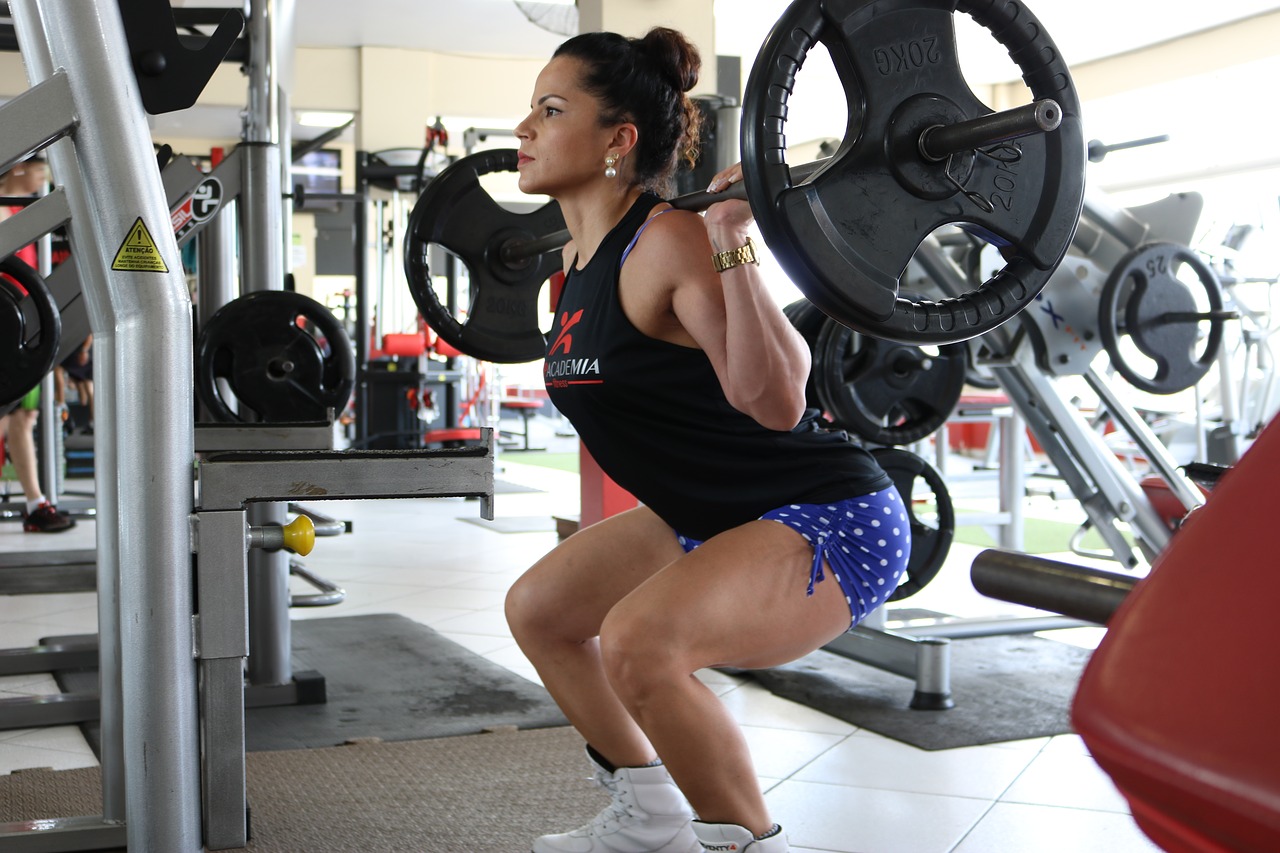Muscle recovery significantly impacts your fitness gains and performance. Sometimes the muscles get sore after an intense workout session, making it a struggle to go through your daily routine or get back to the gym. For your muscles to recover, the body needs to get rid of any waste products and damaged cells produced during a workout, replacing them with new, stronger cells.
Here are some expert tips on muscle recovery that you can apply to relieve soreness and maximize your muscle recovery for a consistent fitness regimen.
1. Stay hydrated
You lose a lot of fluid working out, especially when exercising in hot or humid weather conditions. It would help if you kept hydrating as you exercised and continued filling up even after boosting muscle recovery. Water is critical in supporting metabolic functions and transferring nutrients in the body. When you are well hydrated, your bodily functions improve, increasing the muscles’ ability to repair themselves.
Avoid alcoholic drinks, as alcohol and muscle recovery don’t go well together. Alcohol affects the body’s metabolism and hormones, protein synthesis, and skeletal muscle repair, negatively affecting all muscle tissue and slowing down the muscle recovery process.
SEE MORE: How Yoga Brings Benefits To The Mind And Body
2. Eat a balanced diet
A healthy, fresh, balanced diet ensures that your body is well supplied with all the nutrients that aid with muscle recovery. This means that you consume plenty of fresh fruits and vegetables rich in antioxidants and minimize your intake of ultra-processed foods. This shouldn’t just be when you come from working out but throughout the entire week. Consume solid protein and complex carbohydrates to replenish the glycogen levels in the muscles.
3. Have a high-protein snack
When you work out, proteins in your muscle fibers get damaged. A high-protein snack or protein shake after exercising helps jumpstart the muscle recovery process by replenishing the glycogen stores and giving the body a quick shot of amino acids.
4. Massage sore muscles
To distress your muscles as well as their connective tissue, get a massage. Massage is most effective in reducing perceived fatigue and delayed onset muscle soreness (DOMS). You can get a foam roller for post-workout self-massage, and it is excellent as a warm-up tool. A foam roller, made of firmly compressed foam, helps increase muscle length, improve motion range, and relieve muscle soreness and tension.
5. Use compression garments
Many athletes have picked up this trend of wearing compression garments to help speed up the recovery process. These garments come in the form of socks or sleeves, and the pressure they provide helps improve circulation and flow of oxygenated blood, which clears out metabolic waste from the muscle tissue. They also encourage the circulation of oxygenated, nutrient-rich blood into other body tissues that require rebuilding and repairing.
6. Get enough sleep
For muscular recovery, get enough consistent sleep at least seven hours per night. While you sleep, your body takes that opportunity to rest, repair itself, recover, and rejuvenate. It may help to have a regular bedtime routine and schedule where you sleep and wake up around the same time every other day. A good night’s sleep will benefit your mental, emotional, and physical health.
Endnote
Muscle recovery and repair are just as important as the workout is. Prioritizing your recovery after intense workouts will aid in injury prevention, reduce inflammation, and increase motion range in the long run.
